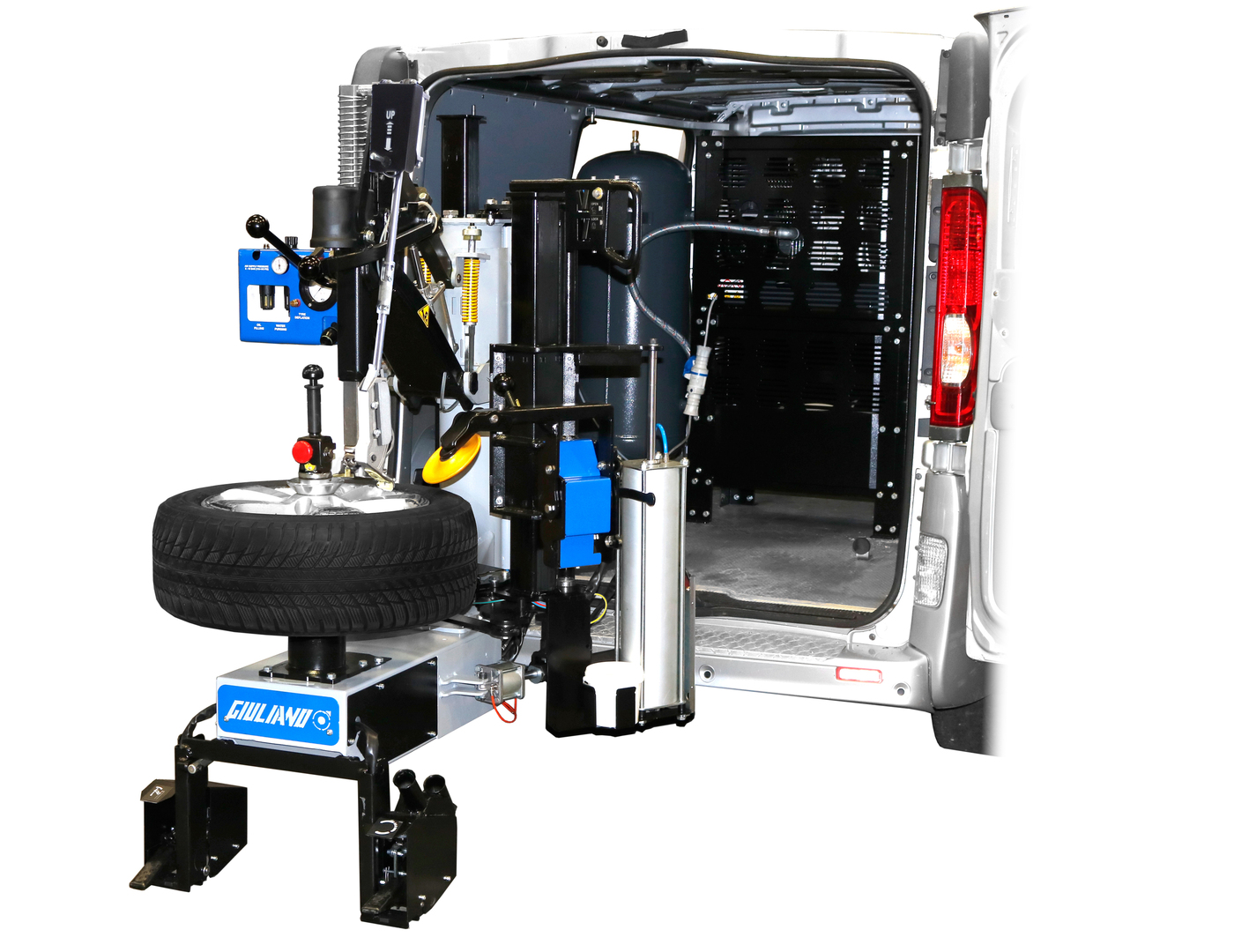Premium Mobile Tire Replacement Las Vegas - High Quality Assured
Premium Mobile Tire Replacement Las Vegas - High Quality Assured
Blog Article
Tire Solution: Proven Approaches for Optimum Tire Upkeep and Treatment
Preserving optimum tire problem is paramount for both safety and security and performance of any type of vehicle. From making sure proper tire stress to normal rotation and positioning, there are proven methods that can significantly extend the life expectancy of your tires and boost total driving experience. As we explore the intricacies of tire care and maintenance, we will certainly uncover necessary guidelines that every automobile proprietor must comply with for the very best possible outcomes. Allow's delve right into the globe of tire solution and find the secrets to keeping your tires in first-class form for the lengthy haul.
Significance of Tire Stress
Appropriate tire pressure advertises far better gas performance, as under-inflated tires can lead to raised rolling resistance, creating the engine to work harder and consume even more fuel. Proper tire pressure ensures even tread wear, boosting tire durability and saving money in the lengthy run by delaying the demand for premature replacements. Routinely checking and changing tire pressure, specifically in the past lengthy trips, is a straightforward yet efficient way to improve vehicle performance, prolong tire life expectancy, and prioritize safety and security on the road.
Tire Rotation Guidelines
When thinking about tire rotation standards, it is essential to comprehend the importance of this upkeep task in maximizing tire life-span and preserving ideal car performance. Tire turning involves altering the position of each tire on a vehicle to guarantee also tread wear. Front tires have a tendency to use a lot more rapidly than rear tires due to guiding forces, making normal rotation crucial for well balanced wear patterns.

Benefits of Wheel Alignment
Making sure appropriate wheel positioning after tire turning is crucial for keeping well balanced wear patterns and optimizing car performance. Wheel positioning describes the adjustment of the angles of the wheels to the producer's specs. Among the key benefits of wheel placement is improved guiding and managing action. When the wheels are effectively straightened, it minimizes steering initiative, ensuring a smoother and much more controlled driving experience. Additionally, correct wheel alignment helps to extend the life-span of your tires. Misaligned wheels can cause unequal tire wear, resulting in early tire replacement and increased maintenance expenses.

Tire Footstep Deepness Inspect
Executing a normal inspection of tire step depth is essential for keeping risk-free driving problems and extending the lifespan of your tires. Irregular step wear can show concerns with tire alignment, suspension, or pressure, highlighting the value of regular step depth checks. By including tire step depth checks right into your routine upkeep schedule, you can drive with confidence recognizing that your tires are in top condition.
Seasonal Tire Assessment
A why not try this out detailed evaluation of tire problem customized to particular climate condition is vital for preserving optimum efficiency and security throughout the year. Seasonal tire evaluation is a fundamental aspect of tire maintenance that ensures tires are prepared to encounter the challenges presented by various climate condition. To prepare for winter, it is important to inspect the tire pressure frequently as cold temperatures can cause tire pressure to drop. Checking tire tread deepness is also essential to make certain sufficient grip on snow and frozen roads. Furthermore, inspecting for indications of wear and tear, such as fractures or lumps, can assist prevent prospective tire failings. As the seasons change, it is essential to evaluate tire problem and make any type of necessary modifications to assure risk-free driving. By conducting regular seasonal tire assessments, vehicle drivers can lengthen tire life expectancy, boost gas efficiency, and most significantly, guarantee a protected driving experience in varying weather conditions - Mobile Tire Replacement Las Vegas.
Final Thought
To conclude, maintaining appropriate tire stress, revolving tires routinely, lining up wheels properly, monitoring tread depth, and carrying out seasonal examinations are necessary practices for optimal tire treatment. By complying with these shown techniques, drivers can guarantee their tires last much longer, execute much better, and contribute to general vehicle security. It is very important to prioritize tire maintenance to stop accidents, enhance fuel efficiency, and lengthen the life expectancy of tires.
Appropriate tire stress promotes much better gas efficiency, as under-inflated tires can lead to boosted rolling resistance, causing the engine to work harder and eat even more fuel.When taking into consideration like this tire turning guidelines, it is crucial to recognize the significance of this maintenance job in making the most of tire life-span and maintaining optimum automobile performance. Seasonal tire evaluation is a fundamental facet of tire maintenance that ensures tires are ready to deal with the challenges posed by different weather problems. By conducting routine seasonal tire examinations, chauffeurs can extend tire life-span, improve gas efficiency, and most importantly, ensure a secure web driving experience in differing climate conditions.
In verdict, maintaining correct tire stress, revolving tires regularly, lining up wheels correctly, checking tread deepness, and carrying out seasonal inspections are vital practices for ideal tire treatment.
Report this page